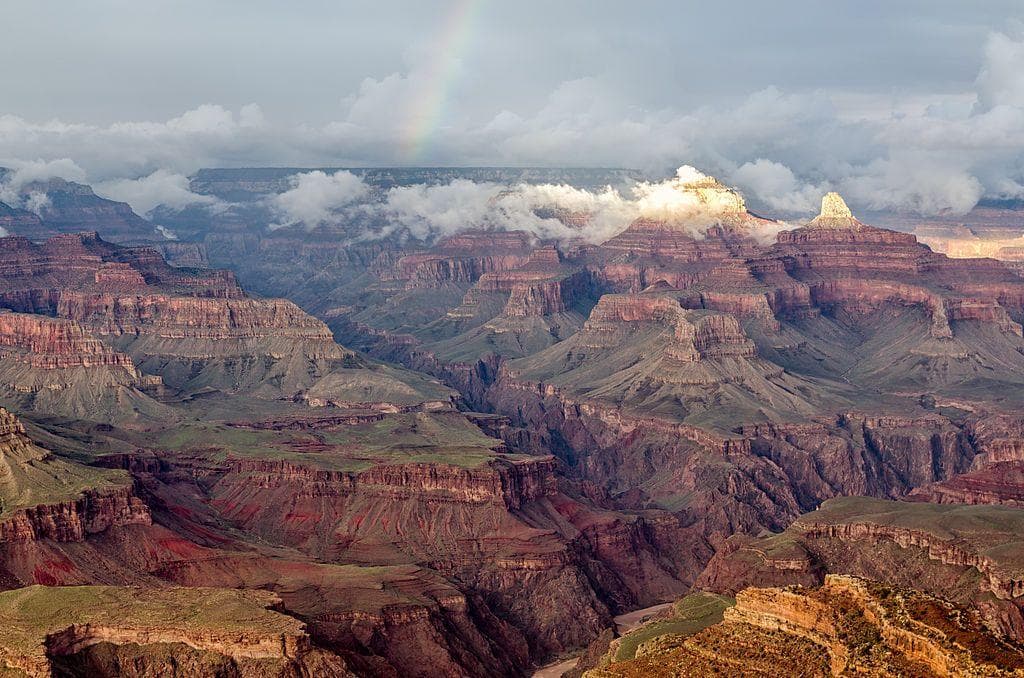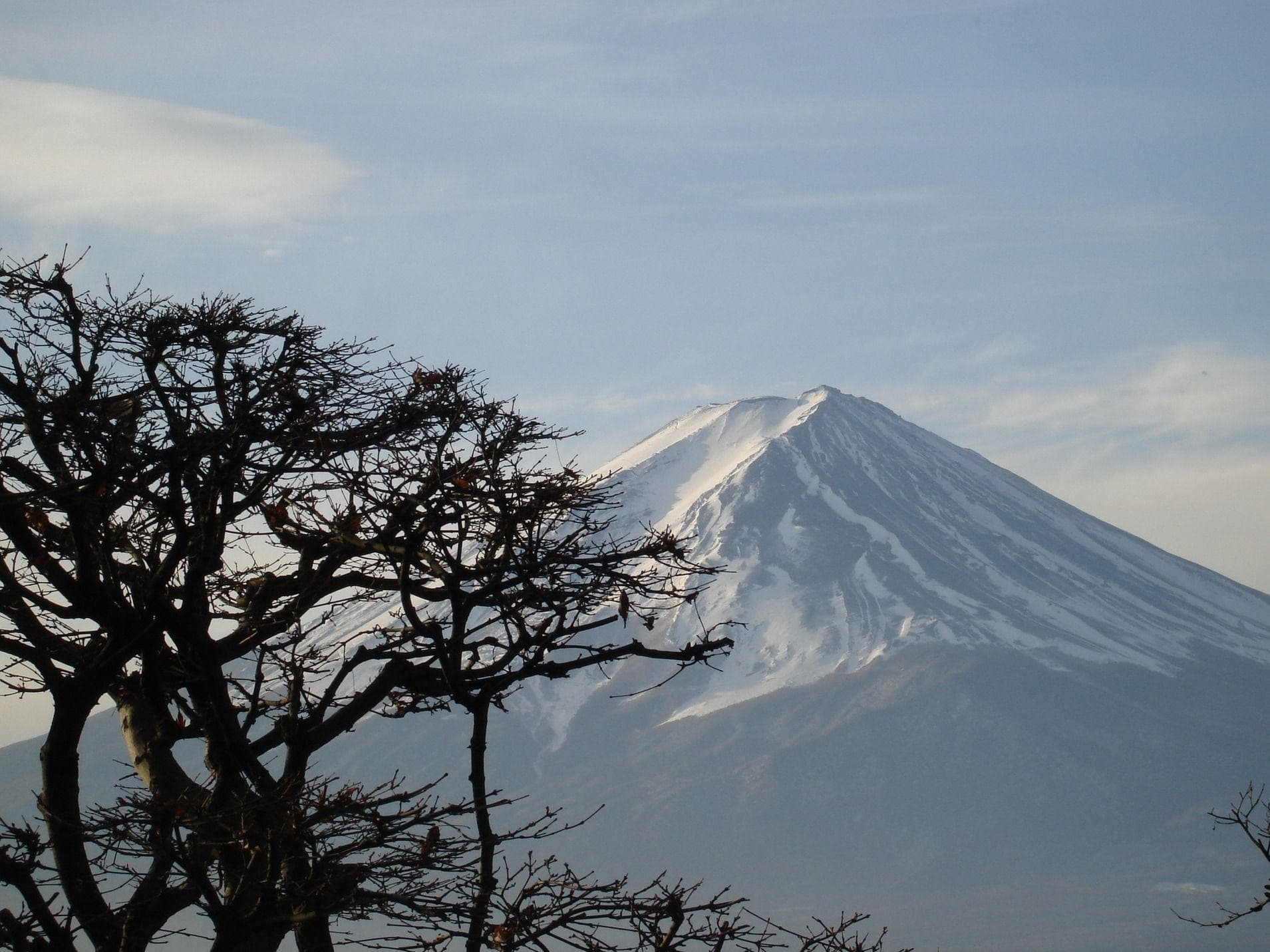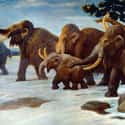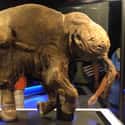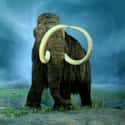-
(#10) Woolly Mammoths Are One Of The Most Studied Prehistoric Animals
The woolly mammoth is one of the most studied prehistoric animals in history not because of its distinctive appearance or because it's particularly interesting to researchers. Instead, woolly mammoth remains have been well preserved because the animals lived in such cold environments.
The freezing temperatures meant that fossils survived in excellent condition, with skeletons, tusks, dung, and even flesh staying frozen for thousands of years.
-
(#5) Females Generally Moved Around In Herds
While males were often caught up in hazards that would lead to natural preservation, such as bogs and lakes, this usually wasn't the case with female mammoths, which were generally more risk-averse.
The females would normally move around in large herds led by an older matriarch. They were more capable of avoiding potentially threatening situations, like thin ice or mud flows, because they were more aware of environmental dangers.
-
(#1) A Mammoth Bone Pit In Mexico City Suggests Some Of Them Got Stuck In The Mud
The remains of more than 60 mammoths were discovered in Mexico City by the National Institute of Anthropology and History in May 2020. The bones are estimated to be about 15,000 to 20,000 years old, and were uncovered near previously excavated human-built traps. According to The Associated Press, the site was once a shallow lake that would have been appealing for the species because of the available grasses and reeds. There, "archeologists are facing a surfeit of mammoths, almost too many to ever excavate."
Though the previously uncovered remains apparently perished at the hands of human hunters, the 60 new fossils did not have any of the distinct markings that would suggest human involvement. Instead, they likely "got stuck in the mud of the ancient lake and died, or were eaten by other animals."
-
(#11) Early Humans Had A Long Relationship With Mammoths
Woolly mammoths and humans coexisted for thousands of years, which led led to a unique relationship where mammoths were an important source of food and material. In fact, cave paintings in France and other areas show just how closely people lived with mammoths. In addition to using the mammoths' flesh for meat, humans used the tusks and bones to make tools and jewelry, and the fur and hides to build dwellings or create warm clothing.
-
(#2) Genetic Defects May Have Led To Their Extinction
Just before the woolly mammoths went extinct they went into what has been described as a "genomic meltdown." As their populations diminished rapidly and only small groups survived, their gene diversity was dramatically reduced. This led to significant mutations in their DNA; these genetic defects would have caused the animals to lose their sense of smell and change their social behavior.
"There was this huge excess of what looked like bad mutations in the genome of the mammoth," said Dr. Rebekah Rogers, a researcher from the University of California, Berkeley. "We found these bad mutations were accumulating in the mammoth genome right before they went extinct."
In 2020, researchers with the University of Chicago published a study in which they successfully resurrected mammoth genes from the last known population of the species on Wrangel Island in the Arctic Ocean. The goal was "to test whether their mutations actually were damaging," said lead author and assistant professor of biological sciences Vincent Lynch, since most mutations have little to no actual effect.
The study compared the Wrangel Island mammoth genes to that of similar populations such as Asian elephants and two other mammoth species. Using the synthesized altered genes of the Wrangel Island mammoths, researchers were able to visually see how they interacted with other molecules.
The results of the 2020 study complement Rogers's theory. Lynch concluded that "the last mammoths may have been pretty sick and unable to smell flowers [which they ate for food], so that’s just sad."
-
(#3) Mammoth Fossils Overwhelmingly Belong To Males
One of the most puzzling things about the woolly mammoth is that the vast majority of fossils found are from male mammoths. In most other species, the fossil record would show an even amount of both sexes as long as there was a roughly equal number of each sex.
“We were very surprised because there was no reason to expect a sex bias in the fossil record,” said study author Patricia Pecnerova. With 69% of all fossils found belonging to male mammoths, researchers have worked hard to find a compelling explanation.
New Random Displays Display All By Ranking
About This Tool
Mammoths are prehistoric behemoths. Archaeologists discovered their fossils on the continent in the recent century and everything about them attracted human attention. Scientists have analyzed the fossils of mammoths to know the mammoth is an ancient vertebrate that lived widely in Europe, Asia, and North America about 10,000 years ago. The last batch of mammoths went extinct around 1650 BC. So what caused this huge race to be extinct?
Paleontologists and archaeologists can only explore the truth about mammoths in their research. As the research continues, some mysteries about mammoths were gradually revealed. The main reason for the extinction of mammoths should be global climate change and human behaviors. Here the random tool revealed 11 facts about mammoths.
Our data comes from Ranker, If you want to participate in the ranking of items displayed on this page, please click here.








